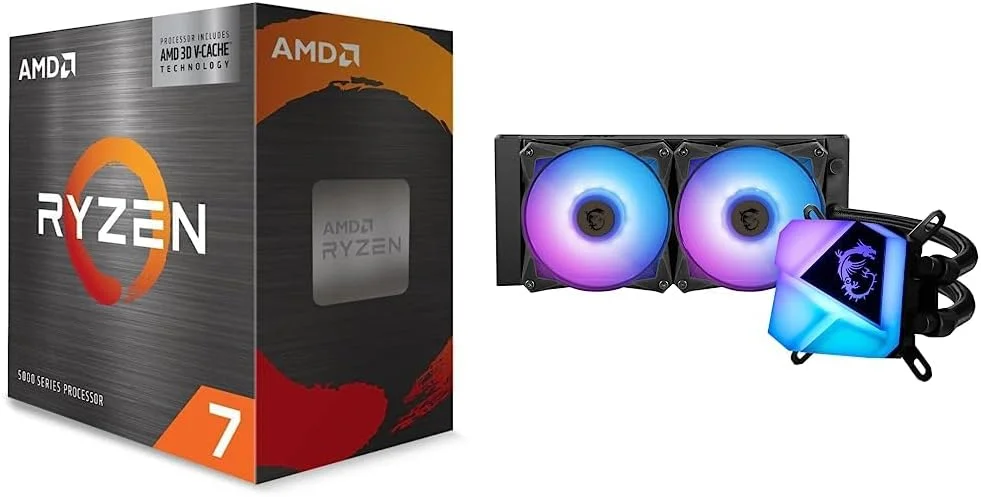The world of processors can be a confusing one, especially when comparing similar models from generation to generation. Today, we’re diving into the head-to-head battle between the Ryzen 7 5800X3D and the newer Ryzen 7 7800X3D, both champions in the realm of gaming performance.
The Cache Advantage:
Both processors boast the innovative 3D V-Cache technology, significantly boosting their performance in games. This technology essentially adds a layer of stacked cache, allowing the CPU to access data faster, leading to smoother gameplay. However, the 7800X3D takes the lead with a larger cache size compared to its predecessor.
Performance Breakdown:
While the 5800X3D was once the king of gaming CPUs, benchmarks show the 7800X3D edging it out by an average of 18% in frame rates at 1080p resolution. This gap narrows at higher resolutions like 1440p and 4K, where the GPU becomes a more significant factor. However, the 7800X3D shines in minimizing frame drops, offering a 20% improvement in the crucial 1% low frame rates, leading to a smoother overall experience.
Other Considerations:
The 7800X3D boasts a newer Zen 4 architecture, translating to slightly higher clock speeds compared to the 5800X3D. However, it also requires DDR5 memory, which can be more expensive than the DDR4 supported by the 5800X3D. Additionally, the 5800X3D might be slightly more affordable due to its longer time in the market.
The Verdict:
Ultimately, the choice between these two processors depends on your specific needs and budget. If you prioritize absolute top performance in 1080p gaming and are willing to invest in DDR5 memory, the Ryzen 7 7800X3D is the clear winner. However, if you’re on a tighter budget and primarily play at higher resolutions, the Ryzen 7 5800X3D remains a solid and cost-effective option, especially considering its strong performance in minimizing frame drops.





